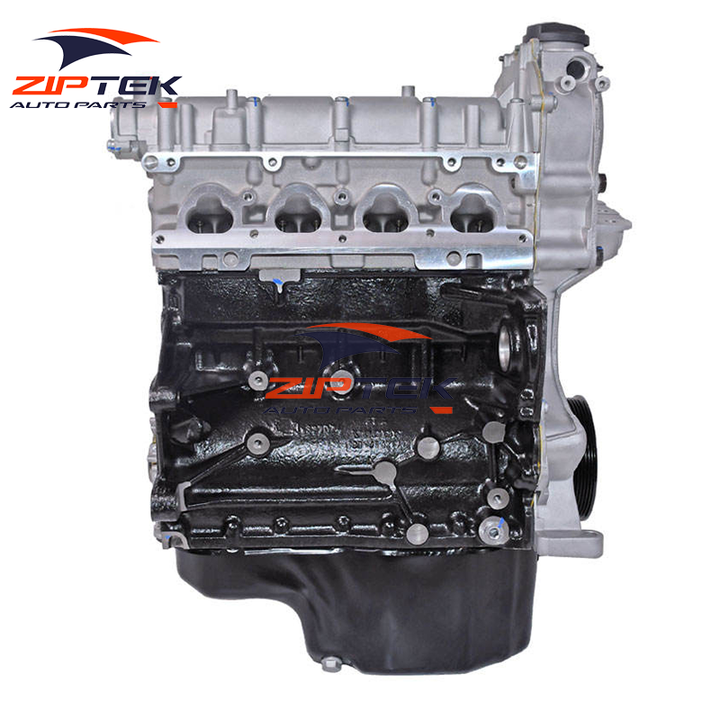Increase the lifespan of your clp engine with regular care.
Increase the lifespan of your clp engine with regular care.
Blog Article
The Function of a Clp Engine in Revolutionizing Engine Performance and Sustainability
The development of CLP engine modern technology presents a pivotal moment in the vehicle sector, where efficiency and sustainability assemble in extraordinary means. By maximizing burning processes and enabling for dynamic adjustments in compression ratios, these engines not just promise enhanced fuel performance and decreased discharges yet additionally challenge standard engineering standards.
Recognizing CLP Engine Innovation
As the automotive industry continually seeks ingenious remedies to improve performance and performance, understanding CLP engine innovation becomes vital. The term CLP means Compression-Low Stress, an advanced engine layout that focuses on maximizing combustion processes and lowering exhausts. This innovation operates by keeping a low-pressure setting within the combustion chamber, which promotes a more total fuel burn and lessens unburned hydrocarbons.
Among the vital attributes of CLP engine modern technology is its ability to change the compression proportion dynamically. This flexibility allows the engine to operate successfully throughout various driving conditions, boosting fuel economy while at the same time boosting power result. Furthermore, CLP engines leverage progressed materials and design concepts to decrease weight and thermal losses, even more adding to general performance.
Additionally, the combination of electronic control systems plays a crucial function in managing the engine's efficiency parameters. These systems enable real-time modifications to ignition timing and gas shot, enhancing combustion for both power and effectiveness. By recognizing CLP engine innovation, stakeholders in the automobile market can much better value its possibility in driving the future of engine layout, performance, and sustainability.
Performance Enhancements Offered
CLP engine innovation supplies significant efficiency enhancements that establish it besides typical engine layouts. One of the key advantages of CLP engines is their ability to run efficiently throughout a broader array of speeds and tons. This versatility equates into boosted torque distribution and acceleration, providing a much more receptive driving experience.
Furthermore, the innovative combustion procedure used in CLP engines optimizes fuel-air mixing, leading to greater thermal effectiveness. This enhancement not only makes the most of power output however likewise minimizes power loss, causing an engine that carries out far better under different problems.
Additionally, the modular architecture of CLP engines permits easier assimilation with crossbreed systems, intensifying their efficiency potential - clp engine. This adaptability allows suppliers to create vehicles that accommodate consumer requirements without compromising dexterity or power
The accuracy design included in CLP technology additionally adds to reduce friction and wear, enhancing engine longevity and minimizing the frequency of maintenance. Overall, these performance improvements setting CLP engines as a leading selection in the pursuit of high-performance, dependable, and functional engine solutions.
Environmental Advantages of CLP Engines
Among one of the most compelling benefits of CLP engines hinges on their environmental benefits, which are increasingly critical in today's auto landscape. These engines are designed to optimize gas effectiveness, substantially decreasing carbon exhausts contrasted to conventional combustion engines. By utilizing innovative combustion strategies and innovative products, CLP engines advertise cleaner exhaust outcomes, adding to improved air quality.
Furthermore, the decrease in gas intake not only leads to lower greenhouse gas emissions but additionally conserves important natural deposits. As nonrenewable fuel source reserves diminish, the change towards CLP technology represents a critical step towards sustainability. The engines are typically compatible with alternative gas, additionally improving their ecological appeal and permitting a diversified power profile.
In addition, the light-weight design of CLP engines assists decrease automobile weight, which consequently lowers the power needed for propulsion. This causes lower functional power usage and a minimized ecological impact. In summary, CLP engines stand at the forefront of initiatives to minimize climate change and promote sustainable practices in the automotive this market, personifying a future where efficiency and environmental duty are not mutually special.
Comparison With Conventional Engines
While typical engines have long controlled the vehicle market, the introduction of CLP modern technology offers a substantial shift in performance and performance. Conventional internal burning engines largely count on gas combustion, which not just limits thermal effectiveness but additionally adds to greater exhausts. In comparison, CLP engines utilize advanced thermal administration and an one-of-a-kind combustion procedure, improving fuel performance and significantly minimizing greenhouse gas emissions.
In addition, typical engines operate fixed power contours, which can impede efficiency in varying driving problems. CLP engines, nonetheless, are designed to adjust their efficiency dynamically, supplying optimum power distribution based upon real-time needs. This flexibility brings about improved acceleration, responsiveness, and general driving experience.
Maintenance likewise differs substantially; hop over to these guys traditional engines typically call for frequent oil adjustments and component replacements because of deterioration. clp engine. CLP engines, with less relocating parts, assure minimized maintenance requirements and longer functional life expectancies

Future Potential Customers and Innovations
As the automotive landscape advances, the future of engine technology is increasingly concentrated on advancements that boost performance and sustainability. The Clp engine, with its distinct architecture and functional efficiencies, is positioned to play a pivotal duty in this improvement. Future advancements might include improvements in products science, allowing the construction of lighter and a lot more sturdy elements, therefore lowering general car weight and enhancing fuel performance.
Moreover, the combination of expert system and device understanding right into engine monitoring systems is expected to optimize efficiency dynamically, permitting real-time changes based on driving problems. These innovations can further decrease emissions and improve power utilization.
Furthermore, research study into alternative fuels, including hydrogen and biofuels, offers amazing opportunities for view Clp engines, straightening performance with green campaigns. clp engine. As regulatory structures end up being stricter, the fostering of such modern technologies will be crucial in achieving sustainability goals without jeopardizing power
Conclusion

Report this page